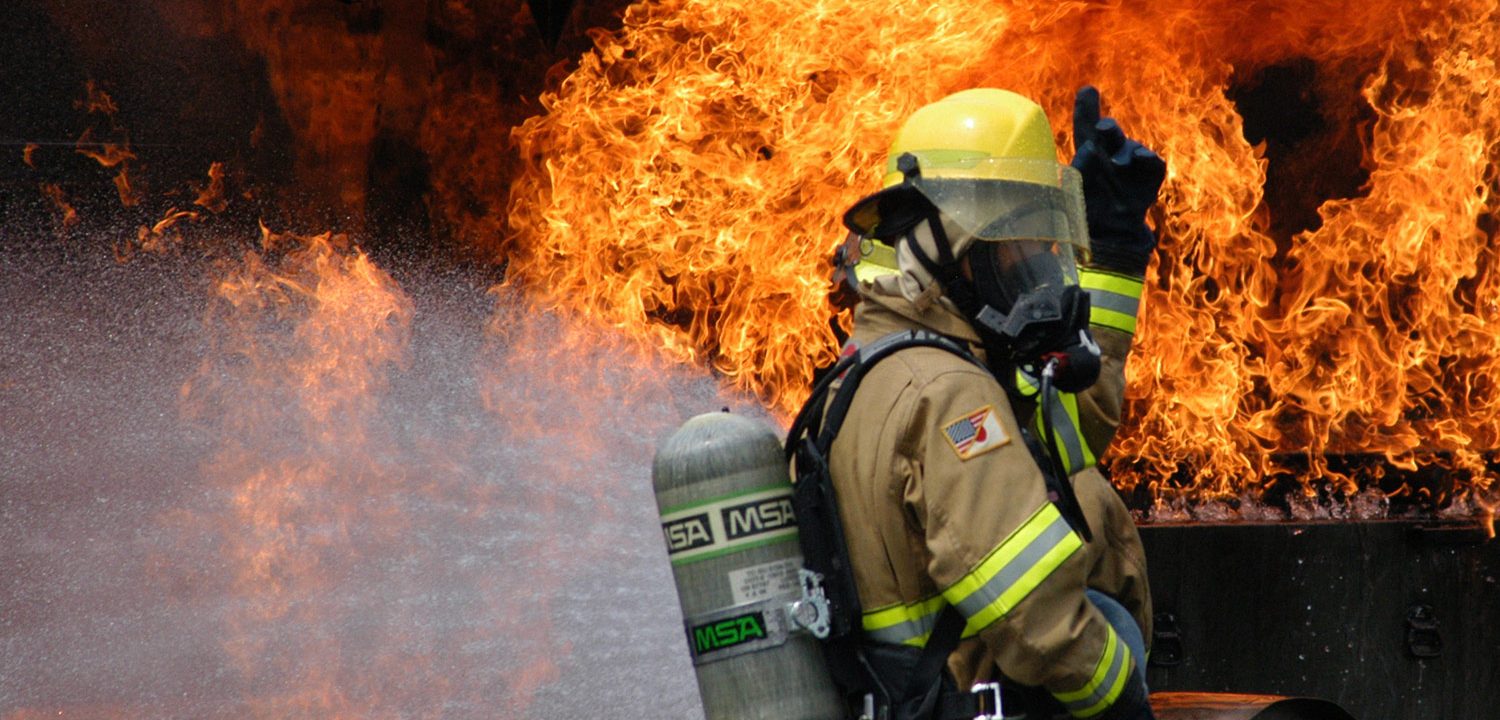
Minnesota has a long history of protecting workers. In fact, Minnesota and New York were the first states to adopt “occupational disease presumptions” into the law. Prior to the adoption of these presumptions of causation, an injured party had the burden of proving that the injury or disease arose out of the course and scope of his or her employment.
At first glance, it makes sense to require the injured party to “connect the dots” between the injury or condition and the activities he or she performed as a part of the job; however, as a practical matter, this requirement precluded injured workers from obtaining a remedy under the Workers’ Compensation Act. For example, if a worker contracted lung cancer from his contact with dangerous work-place fumes, proving that the fumes he was exposed to at work caused the cancer would be difficult, if not impossible. Causation is difficult in these cases because the cancer could have been caused by many different things, such as a genetic predisposition or exposure to cigarette smoke, and doctors are unable (or unwilling) to state to a reasonable degree of medical certainty what the “true” cause of the condition is.
The Minnesota legislature stepped in to address this injustice by adopting a presumption of causation with regard to occupational diseases. A classic example of an occupational disease from the early 20th century is Radium Jaw—a disease that involves the constant bleeding of the gums, which eventually leads to a tumorous jaw bone and severe facial distortion. This condition results from exposure to the radium used in the manufacture of watch dials. With a presumption of causation, an injured watch worker’s Radium Jaw would be presumed to be caused by his or her work. In order to overcome this presumption, counsel for the defense must provide substantive evidence showing the condition was caused by something other than the employee’s work. In other words, the watch dial manufacturer would have to prove that the employee: 1) came into sufficient contact with radium outside of work, and 2) prove that the non-work related radium was the actual cause of the disease.
In 1988, Minnesota extended the statutory presumption to provide legal protection for firefighters who developed certain types of cancer. Minnesota Statutes section 176.011 provides that an active duty firefighter who is unable to perform his or her duties because of a disabling cancer is presumed to have an occupational disease. To qualify for this presumption of causation, the cancer must be of a type caused by heat, radiation, or reasonably linked carcinogens. When a firefighter contracts one of these types of cancers, it is presumed to be caused by his work as a firefighter.
If you are a firefighter who has been diagnosed with cancer and have questions about whether you have a workers’ compensation claim, or are eligible for PERA Duty Disability claim, contact the attorneys at Meuser Law Office, P.A. Our attorneys have experience representing clients with this type of workers’ compensation claim. Contact us today at 877-746-5680 for a free no-obligation consultation.
